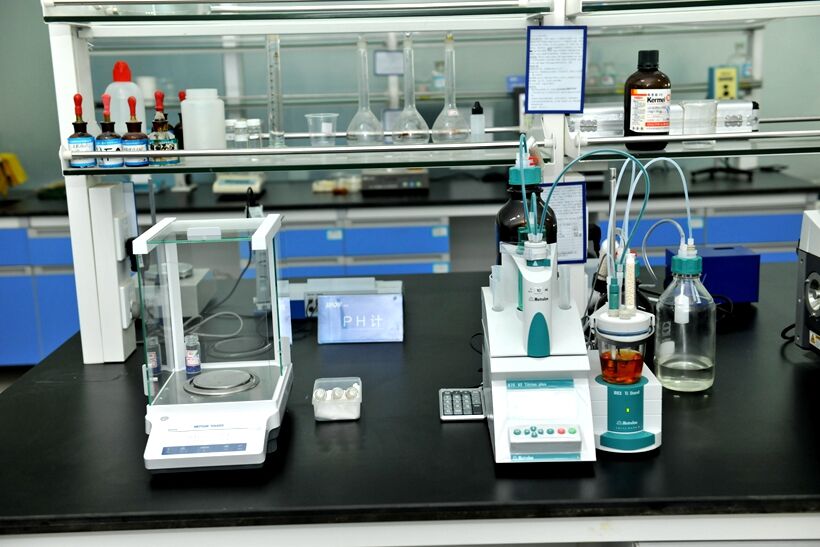The formula of slow rebound sponge is more or less the same as that of ordinary sponge.
In addition to the main material polyether is quite different, some small materials can be used with each other.
However, in order to produce high-quality products, the selection of small materials should be carefully considered.
I. selection of amines
The most classic amine for slow rebound sponges is s-y33-LV of a company in the United States.
Its dosage is generally 0.3-0.8 phr of the total polyether.
It is composed of 33% triethylenediamine and 67% dipropanediol (DPG).
This product is recommended because the solvent it uses is dipropylene glycol.
One may ask, is a solvent so important?
The answer is yes.
Judging from the ability to dissolve triethylenediamine, many alcohols can be used as solvents, such as propylene glycol, diethylene glycol, ethylene glycol, 1.4-butanediol, etc., but among these small molecular alcohols, only dipropanediol has the highest molecular weight and the lowest hydroxyl value.
As we all know, small molecular weight alcohols can be used as chain extenders or cross-linking agents, which means that these small molecular alcohols can consume TDI, which results in a reduction of TDI index on the one hand and sponge closure on the other hand.
Before 2012, only a few countries in the world could produce DPG with a purity of more than 99%. In China, only one factory in Anhui could produce DPG with a purity close to 95%, with a difference of several percentage points. Domestic DPG condensed at room temperature and could not be used as a solvent, thus limiting the localization of amine catalysts with DPG as solvent.
Therefore, the amines which are most supplied in the domestic market are prepared with ethylene glycol as solvent.
Some catalyst manufacturers, in pursuit of profits, deliberately reduced the concentration of triethylenediamine, foaming with such amine, in order to ensure the catalytic capacity, it is necessary to increase the amount of catalyst, this kind of catalyst containing a large number of small molecular solvents will consume too much TDI, if the amount of TDI is not adjusted, the sponge will become soft and close the pore tendency to increase.
In addition, the slow rebound tension and tear strength of this amine are not good.
It is believed that with the progress of domestic chemical separation engineering technology, more and more high-purity DPG will come out, and there will be more and more domestic s-y33-LV.
Of course, some other amines can also send slow springback, such as 9727, CS90, etc., but we must do a rigorous small test before use, and the amplification effect should be considered in production.
It is not recommended to use SMP to send slow rebound.
When foaming is difficult in winter, 0.1-0.3 phr of A1 catalyst can be added to enhance the foaming reaction.
2. Selection of tin
The master who has sent ordinary cotton likes to use stannous octanoate (Tmur9) to send a slow rebound, but the author suggests using dibutyltin dilaurate (D22 Tmur12, also known as Kmur19 in China).
Stannous octanoate is suitable for medium and low density sponges.
It is characterized by fast sticking in the early stage, but lack of stamina.
Used to send high-density sponge, the post-ripening property is not good.
Tmur9 is easy to hydrolyze, slow springback itself starts slowly (generally control the starting time is about 160 seconds), its contact with water for a long time, there will be partial hydrolysis, affecting ripening.
Dilaurate dibutyltin does not hydrolyze, initiates, gels, ripens smoothly and has good post-ripening properties.
Once some colleagues said that the sponge tension is not good, the author suggests using dilaurate dibutyltin, the feedback is that the tension has improved.
If Tmur9 is used, the dosage is 0.1-0.4 phr.
If dibutyltin dilaurate is used, the dosage can be controlled between 0.03 and 0.05.
If the assembly line is slow to rebound, its dosage can be reduced to 0.001-0.01phr.
For export orders that restrict the use of tin catalysts, the author suggests that bismuth naphthenate should be used instead of tin.
3. Selection of silicone oil
The typical slow rebound silicone oil is B8002, and its dosage is between 0.5 and 2 phr.
Use less high-density sponges and more low-density sponges.
More use of manual bubble, less use of machine hair.
In recent years, domestic silicone oil suppliers have developed a lot of silicone oil for slow rebound, and the performance is also good.
There are also those who use Lmur580 to send a slow rebound, at this time the amount of silicone oil should be reduced, after all, the activity of Lmur580 is relatively high.
4. Selection of pore openers
The history, present situation, performance and application of pore openers have been briefly described in previous articles, so I will not repeat them here.
5. flame retardants are also used in slow rebound sponges, because there are not many such lists, so we will not discuss them here.
6. the use of pigments is basically the same as ordinary cotton, but also skipped.
Just pay attention when you encounter black cotton, because the carbon black prepared with black paste is hydrophobic, which will affect the compatibility of various components in the formula and the efficiency of the catalyst. Many colleagues have encountered the phenomenon that black cotton is easy to crack, and this is the reason.
Therefore, when blackening cotton, the amount of catalyst should be properly adjusted.


